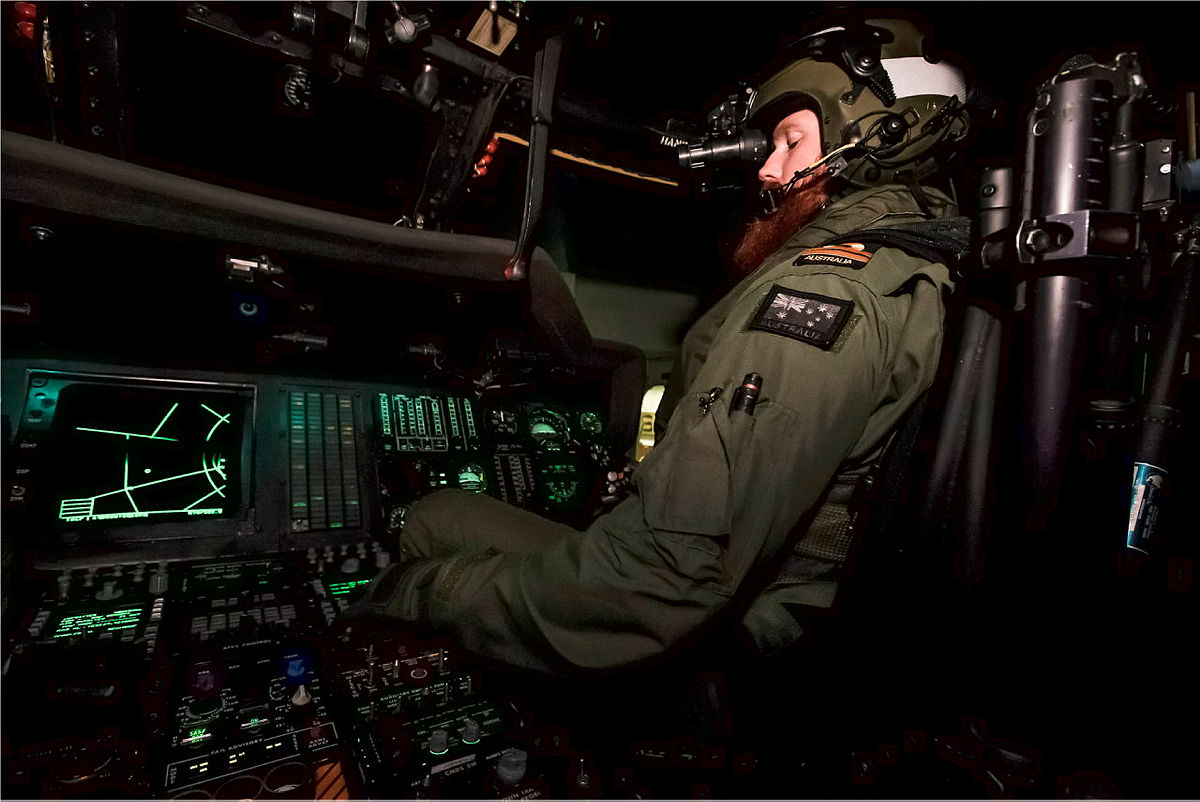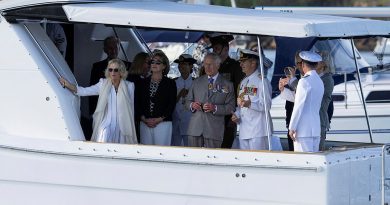Pilot turns to medicine for next challenge

From flying sky-high to saving lives, Lieutenant Andrew Colebourn’s career in the ADF continues to go from strength to strength.
CAPTION: From Air Force cadet to Army officer to Navy pilot – Lieutenant Andrew Colebourn continues to diversify his career, taking a new path to become a Navy medical officer via Defence’s graduate medical scheme. Story by Lieutenant Rebecca Williamson.
Starting as an air-force cadet during high school in his hometown of Beechworth, Victoria, Lieutenant Colebourn then became an Army reservist at 4th/19th Prince of Wales’s Light Horse before gaining entry into the Australian Defence Force Academy (ADFA) as an Army general service officer.
There, he completed a Bachelor of Business through UNSW Canberra with an interest in aviation.
Upon graduating ADFA, Lieutenant Colebourn transferred to the Navy to pursue a career as a helicopter pilot.
His aviation career has been varied and challenging, doing various operational roles as a pilot with deployments all over the world, including in 723 Squadron (AS350BA Squirrel), the Army Helicopter School (B206B-1 Kiowa), RAAF 5 Flight (Heron remotely piloted aircraft) and 816 Squadron (S-70B-2 Seahawk).
CAPTION: Then Navy pilot, Lieutenant Andrew Colebourn from HMAS Newcastle’s Flight 3, sits at the controls of his Seahawk after recently gaining his Night Vision Device Deck Landing qualification. Photo by Leading Seaman Brenton Friend (2015).
Next, Lieutenant Colebourn specialised as a qualified flying instructor, teaching at the Army Helicopter School and then at 725 Squadron (MH-60R Seahawk), preparing the next generation of pilots for their first seagoing postings and operations.
“I was absolutely passionate about and thoroughly enjoyed flying Seahawk helicopters for the Navy,” Lieutenant Colebourn said.
“I found over time that I also thoroughly enjoyed the opportunities in service to help others through divisional and supervisory roles, and the challenges of further academic study through a Master of Business (UNSW Canberra) undertaken using the ADFA post graduate scheme.”
While enjoying his rewarding career and building a family, Lieutenant Colebourn gained insight into the fascinating world of medicine and knew it was something he had to pursue.
This inspired a change in direction, so he applied for and received sponsorship for the Defence graduate medical scheme (GMS).
Lieutenant Colebourn has now completed the four-year postgraduate University of Sydney medical program, finishing with a capstone medical placement in the emergency department of the Tupua Tamasese Meaole hospital in Apia, Samoa.
“The GMS has been phenomenal, and the Navy has provided a supportive opportunity to retrain, concentrate on studies and support my family,” he said.
“In 2024 I will commence my first role as a doctor at the Orange Health Service, and after three years gaining experience in the civil workforce, I will take up a post as a medical officer where I will have the privilege of caring for the healthcare needs of our Navy people.
“In my view there is simply no better scheme for sponsorship of a medical career in the world.”
To meet the challenges of a demanding degree program, as well as a young family, Lieutenant Colebourn’s personal approach was to treat the degree like a job, studying and conducting placements as required during work hours, and resting outside of work hours to attend to family and personal commitments.
The GMS allows personnel with a tertiary qualification to train for a qualification as a medical practitioner and then serve in the ADF as a medical officer.
.
.

.
.






